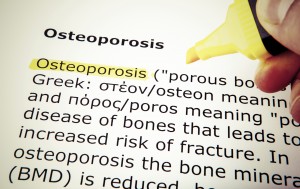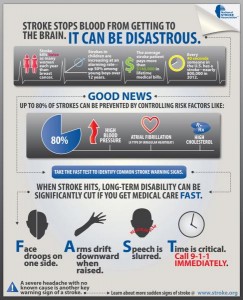August is National Breastfeeding Month when we look to improve health by promoting and supporting breastfeeding. According to the National Institute of Health (NIH), breast augmentation has become the #1 cosmetic procedure for the last decade.Since the best age for breast augmentation is anywhere from 18 to 50 years old, a woman’s desire to look younger may overlap with the tick of her biological clock.
One of the most popular questions women ask before having surgery is, “Will I be able to breastfeed?”
The answer is, yes. Breastfeeding after breast augmentation is absolutely possible.
Although the prior condition of the breasts, position of the implant and incision could have a direct bearing on milk production, it is very likely that you will have a positive experience when nursing your child.
If you have any questions regarding breastfeeding your baby, please call Flushing Hospital Medical Center’s Ambulatory Care Center at 718-670-5486 to make an appointment with a lactation consultant.
All content of this newsletter is intended for general information purposes only and is not intended or implied to be a substitute for professional medical advice, diagnosis or treatment. Please consult a medical professional before adopting any of the suggestions on this page. You must never disregard professional medical advice or delay seeking medical treatment based upon any content of this newsletter. PROMPTLY CONSULT YOUR PHYSICIAN OR CALL 911 IF YOU BELIEVE YOU HAVE A MEDICAL EMERGENCY.








